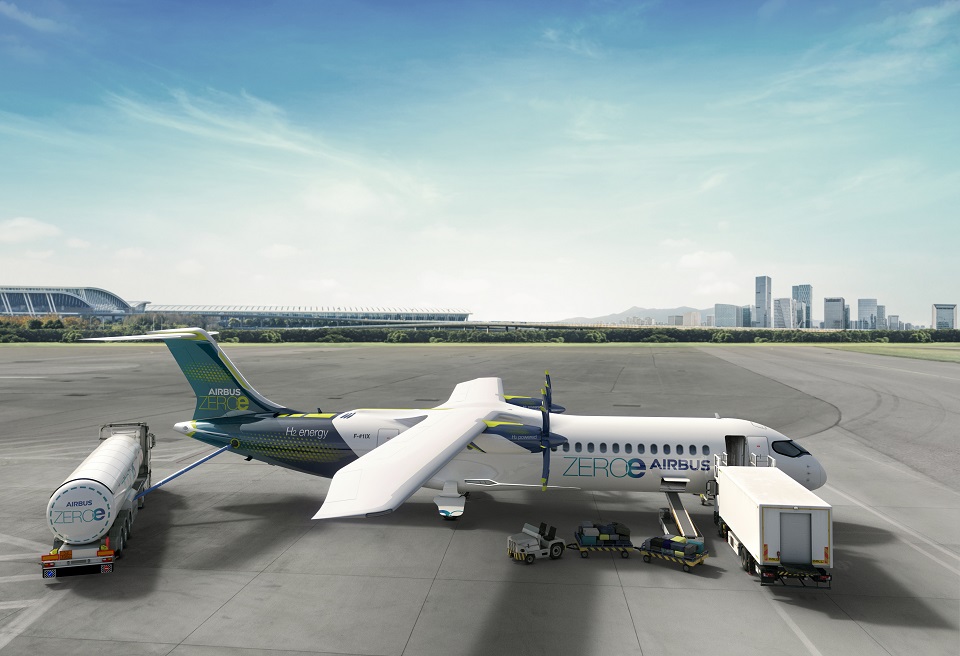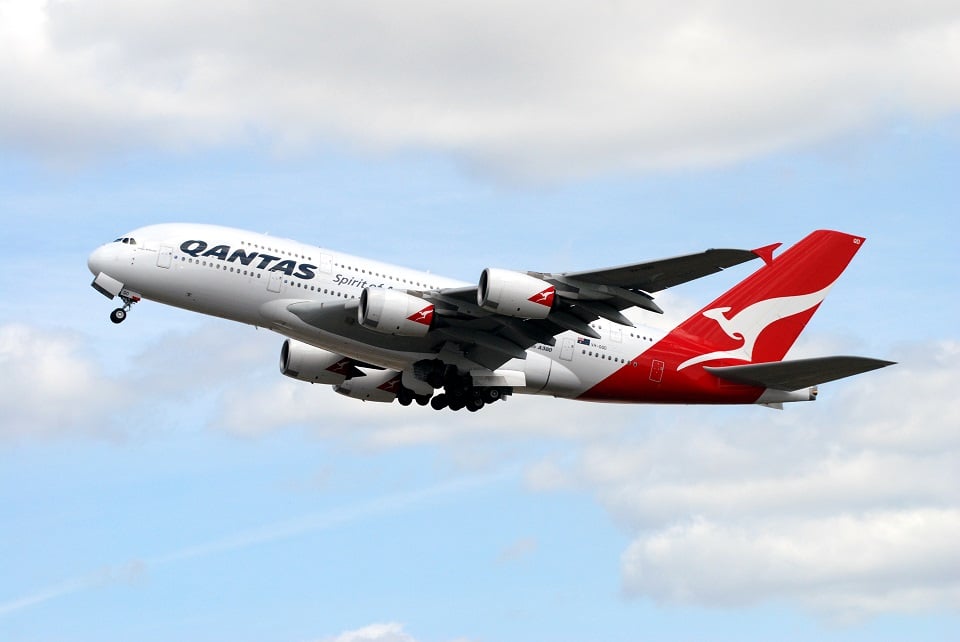Aviation
Airbus and partners pave way for Hydrogen-Powered Flights in Sweden and Norway

A Memorandum of Understanding (MoU) has been signed by Airbus, Avinor, SAS, Swedavia, and Vattenfall to look into the viability of a hydrogen infrastructure at airports in Sweden and Norway.
To support the development of the hydrogen aviation ecosystem in both countries, this cooperation will improve understanding of hydrogen aircraft concepts and operations, supply, infrastructure, and refueling needs at airports. Along with identifying the associated regulatory framework, the work will also determine the process by which the airports in both countries will be converted to accommodate hydrogen-powered aircraft initially.
This is the first feasibility study of its kind encompassing over 50 airports across two countries. It reflects the partners’ common goal of achieving net zero carbon emissions by 2050 and using their specialized expertise to support the decarbonization of the aviation sector.
In addition to substantially reducing aircraft emissions in the air, the use of hydrogen to power future aircraft may also contribute to the decarbonization of air travel-related ground operations. To introduce the first hydrogen-powered commercial aircraft into service by 2035, Airbus unveiled the ZEROe concept in 2020. Within a global Research & Technology network, work is currently being done on developing the matching technology bricks.
To expedite research into low-carbon airport operations and infrastructure requirements throughout the whole value chain, Airbus also initiated the “Hydrogen Hub at Airports” programme. Currently, ten nations—France, Germany, Italy, Japan, New Zealand, Norway, Singapore, South Korea, Sweden, and the United Kingdom—have agreements signed with partners and airports.

Aviation
Lost Tool Found in Qantas A380 After 34 Flights

An Australian Transportation Safety Bureau (ATSB) investigation recently revealed that a Qantas A380 operated 34 flights with a 1.25-meter nylon tool lodged in one of its engines.
This turning tool, used during borescope inspections to rotate the intermediate-pressure compressor, was left behind during scheduled maintenance at Los Angeles on December 6, 2023. It remained inside the engine until it was discovered by maintenance staff during a subsequent check at Los Angeles on January 1, 2024.
China Takes the Lead in Sixth-Generation Fighters with White Emperor B
The ATSB report highlights two critical lapses. First, maintenance engineers failed to notice the tool during final checks for foreign objects after the borescope inspection. Second, the lost tool procedure was not activated when the tool was identified as missing.
The certifying engineer ultimately cleared the aircraft for service without accounting for the misplaced tool. During the time qantas films the tool was inside, the A380 completed 34 flight cycles, accumulating nearly 294 hours without any noticeable effect on engine performance.
Although the tool was deformed by high-energy airflow within the engine, there was no reported damage to the engine itself. ATSB Chief Commissioner Angus Mitchell commented.
India’s C-295 to Gain Advanced Weapons for Maritime Surveillance
“This incident underscores the importance of following established maintenance protocols. Engineers missed the tool during foreign object checks, and the required lost tool procedure wasn’t started after realizing the tool was missing.”
Following the investigation, the airline issued a safety directive, urging all engineering and tool storage teams to adhere strictly to these protocols to prevent similar incidents in the future.
A qantas spokesperson stated, “While the tool didn’t impact engine performance, we take this incident very seriously. It is critical to follow the correct lost tool procedures.”
-

 Aviation2 months ago
Aviation2 months agoBoeing confirms 797: A New Era for Mid-Size Aircraft
-

 Aviation2 months ago
Aviation2 months agoMicrosoft Flight Simulator Raises $3 Million to Bring Back the An-225 Mriya
-

 Aviation2 months ago
Aviation2 months agoLockheed and Tata Team Up to Build C-130J MRO Facility in India
-

 Airlines2 months ago
Airlines2 months agoQantas Engineers Stage Walkout Over Cost of Living Concerns
-

 Airlines2 months ago
Airlines2 months agoQatar Citizens Can Travel to the United States Without a Visa
-

 Aviation2 months ago
Aviation2 months agoBoeing Offers 25% Pay Increase & Promise to Build Next Plane in Seattle
-

 Aviation2 months ago
Aviation2 months agoQatar Airways bans these new Electronic Devices on plane
-

 Airlines2 months ago
Airlines2 months agoEmirates Ends 28-Year Singapore-Melbourne Fifth Freedom Route








